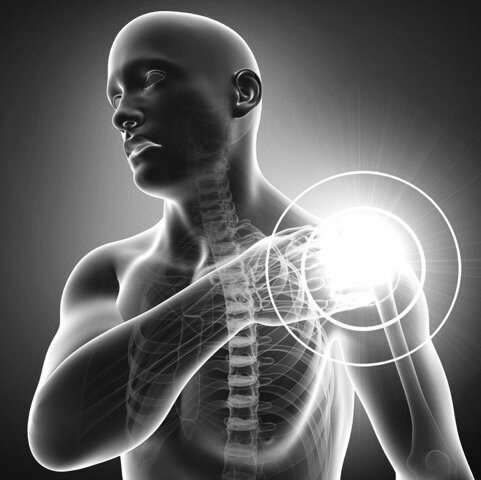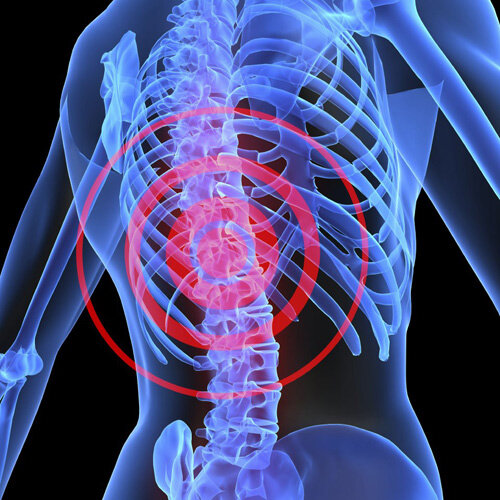Pandemic Lessons Learned - Dealing With Uncertainty
Dear all, I hope that you are safe and well and I think it is just about ok to still wish you a very Happy New Year!
In June I wrote a blog post with the title “Looking after our mental health in challenging times”. At that point it looked like we might be nearing an end to the pandemic or at least there was some movement in the right direction. Six months later we find ourselves in a national lockdown and it is almost a year from when this first started.
There is no denying it, this has certainly been a challenging time for a lot of people. Work adjustments, parenting challenges, relationship dynamics changing, social life alterations, sport and exercise modifications and so much more has meant we have had to adapt in the most unexpected of ways. When something is also out of our hands and the changes are enforced upon us, it can seem more challenging as the locus of control is external rather than internal.
For today's blog post I thought it would be useful to discuss some of the lessons learnt and how we can approach the current situation to best manage life around us. Here are 3 main lessons we can learn:
Lesson 1- Control The Controllables
“ You cannot control what goes on outside. But you can always control what goes on inside.” Wayne Dyer.
In life we have a choice to make which although can seem reductionist and too binary, it can serve to let us control how we see life events happening. One is to see them as happening TO us and the other is to see them as happening FOR us. The former places us in a path of accepting that the events which occur which are not initially perceived as positive are almost there as a form of punishment. We demonise the event and see only the struggles we have faced and what we have lost. The latter mindset gives us a sense of opportunity and curiosity. No one can control this virus 100%. Our attempts with all the measures in place , vaccines, lockdowns etc serve to maintain, reduce and hopefully bring closer and end to it. But, the virus is way more powerful than we are and will live it life as it sees fit.
We can accept the situation as it is and learn to find elements in our life which we can take more control of, or we can waste time and energy on gathering even more information, reading more news, hypothesising as to what may or may not happen with the virus. What becomes of the latter? There are thousands of people out there whose job it is to do this, the scientists, doctors and researchers who are paid to spend their time doing this. And yet we get drawn into joining them to feel some level of control over the situation when in reality, not even the experts have the answer.
If we spent more time focusing on what we could control we would undoubtedly have less anxiety, less fear, more time for ourselves, more energy to pursue meaningful endeavours which would serve our own personal development and overall health and wellbeing. Sure, we need to know the basics and what big changes have happened, but other than that, could it be that the time spent mulling over the uncontrollable could be better spent controlling our inside world?
Lesson 2 - Adaptation Not Abolition
“The key to success is often the ability to adapt.” - Confucius.
When something gets taken away from us or becomes more of a challenge we can approach the situation with 2 points, fixed or growth. The fixed mindset can tell us things like:
Well that's it, I can't do that anymore so I’ll stop completely until this is all over.
If I can’t do it like I did before then I’ll just stop it altogether.
I’m all or nothing so I’ll wait until I can give it my all again.
It’s pointless just doing a little, the benefits won’t be enough.
I have heard similar principles being said over that least few months. People who, for example used the gym regularly, altogether stop as it’s not accessible. Or people who have less time now to dedicate to their rehab stop. It is our job as clinicians to help you find ways where you can adapt and not abolish all the things you used to do. There has to be a level of acceptance of the status quo and a willingness to adapt in spite of it. Having the above mindset allows you to have ready made excuses as to why you can’t continue doing at least some of the things you did. A growth mindset has the following dialogue:
Ok. This has happened, what is possible for me instead?
I can’t do that anymore, but what could I do?
Even a small step is bigger than no step at all.
The skills I learn now could improve my old skill when I get back to doing that.
Let’s take playing tennis as an example, which has at times not been possible. If you were to take all the components of playing tennis down, what could you still work on and perhaps even improve? Perhaps you know that your footwork isn't the best at times. Buy a speed and agility ladder and work on that for a few months, that would no end help your game! Perhaps you've had that niggly shoulder whilst serving that you can't shake. Spend some time working on the strength and stability of that shoulder to allow you better performance when you're back.
If you dig a little deeper into things, the space and time we have been given can serve as a powerful vehicle to allow you to upskill. It sounds so basic but I often say to patients “Ok, so you can't spend an hour in the gym anymore, can you spend 15 minutes doing a HIIT class?” They often respond with “Well what will that do?”. “ More than doing 0 minutes will” I say. In times such as these, sometimes we have to appreciate that maintaining and ticking over is just fine and that is way more conducive to just stopping.
Lesson 3 - Finite vs Infinite
“The infinite is in the finite of every moment.” - Zen proverb.
Life can be divided into things which are finite and infinite. Films, sports, a working day, a song, a train journey, a holiday, all these things have a start and an endpoint. It’s easy to conceptualise this and place ourselves in that time frame. What you notice about these things is that they are just that, they are things or events. What isn’t finite in life is our emotions, our development, our intellect, our wisdom, our growth and our experiences of life. It’s very easy to approach this pandemic and more specifically the virus itself as a finite thing. Whilst at some point, yes, Covid-19 will cease to exist, there will not be an end to viruses as a whole for now, or at least perhaps ever, in the life existence as we know it.
I feel that at the moment so many people are placing such emphasis on dates, numbers, restriction changes to this that they approach it with an end in mind. Like other things in life, if we lead with expectation over appreciation of agreements then this can set us up for disappointment. If our expectations are met (let's say the news aligns with what we hoped for), we gain a momentary sense of relief and some level of freedom may come with it. But what next? Do we then start to set higher expectations? What if they aren't met? What if there is a u-turn like there has been so many times? Do we then continually just ride this rollercoaster of emotions ranging from elation to stress and worry? What actually changes?
Something which can help in these situations is to actually place yourself way ahead in the future, several years even. Think about a conversation you might be having with someone who either lived through this or perhaps didn't, a niece or nephew or a grandchild. Hopefully that conversation could go along the lines of “Remember that time when everything was really weird and we had to wear masks and everything was shut, how strange was that? But here we are, still living life.”
This, like many things, will be a memory in years to come. It will have its place in history like other events. Check in with what is present to you and how the moments you have during this time are approached with a sense of openness and optimism. Ask yourself this one power question to keep present and focused: “How can I approach today different or better than I did yesterday and how will that keep me focused on the infinite approach to feeling and experiencing a different appreciation for the now?”
Thank you for taking the time to read this.
Alex.
Alex is a physiotherapist with Physio Remedies and also a Life Coach. He works with people to gain greater awareness in any aspect of their life they may be struggling with by allowing them to explore what might be possible with more clarity in their goals and ambitions. Ultimately he aims to provide opportunities to people to lead a more fulfilled and extraordinary life by unlocking their fullest potential. You can get in touch with him at alex@alexmanoscoaching.com and follow him on Instagram at @alexmanoscoaching.

































